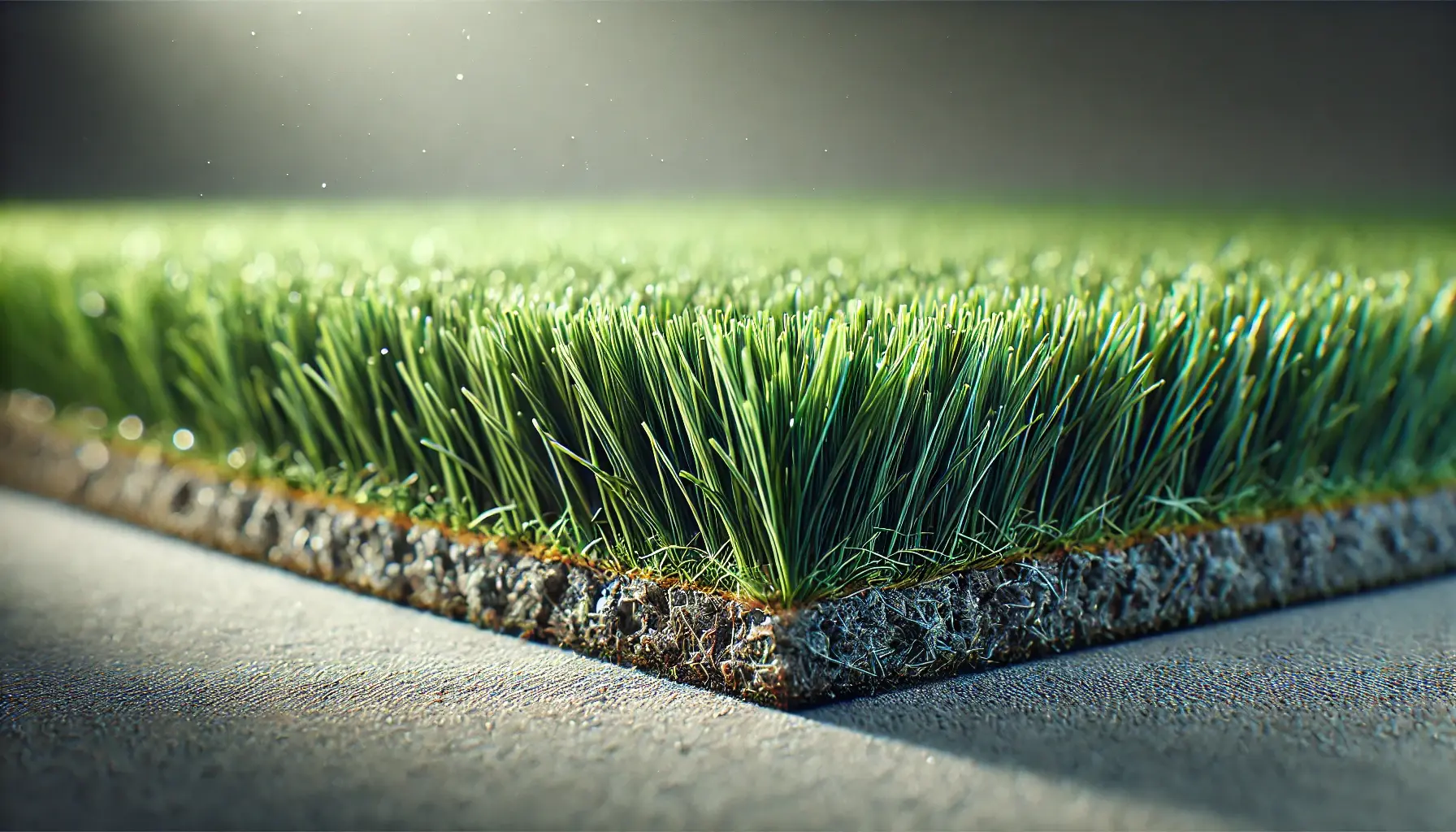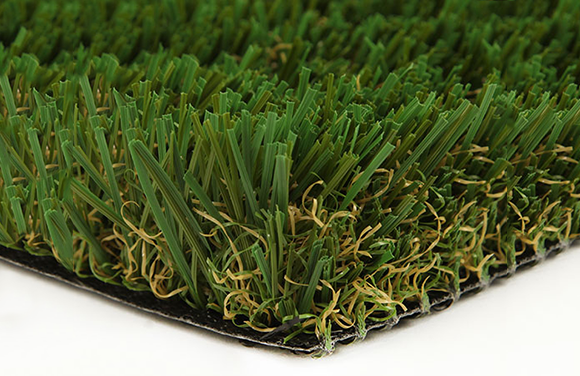Best Phoenix Turf Companies Focusing on Synthetic Grass Solutions
Best Phoenix Turf Companies Focusing on Synthetic Grass Solutions
Blog Article
Look Into the Environmental Conveniences of Opting for Synthetic Grass Solutions
The adoption of man-made lawn options presents an engaging opportunity to resolve pushing environmental challenges. By considerably decreasing water use and minimizing the application of dangerous chemicals, these choices not just advertise sustainable landscaping but also protect regional environments.
Water Preservation Conveniences
One of the most substantial advantages of fabricated lawn is its capability to conserve water. In comparison, man-made lawn does not require watering, considerably reducing the total need for water sources.
By removing the requirement for normal watering, synthetic grass adds to sustainable landscape methods and helps alleviate the ecological influence of extreme water consumption. Moreover, the preservation of water reaches the reduction of drainage, which can bring about soil disintegration and waterway contamination.
Additionally, the setup of synthetic grass allows districts and homeowners to designate water resources a lot more successfully, focusing on vital uses such as alcohol consumption water and farming. The change towards synthetic grass not just advertises liable water usage yet also lines up with wider ecological objectives focused on maintaining all-natural sources.
As communities significantly prioritize sustainability, the water conservation advantages of artificial turf offer a compelling case for its fostering in business and household landscape design tasks.
Decreased Chemical Use
The shift to synthetic grass substantially decreases the reliance on chemical treatments commonly made use of in all-natural grass maintenance. Standard turf administration typically entails the application of herbicides, fertilizers, and chemicals to advertise growth and control pests. These chemicals can pose threats to human wellness, regional wild animals, and the setting, adding to soil and water contamination.
In contrast, artificial grass eliminates the requirement for these unsafe compounds. By minimizing the release of artificial compounds into the ecological community, synthetic lawn promotes healthier dirt and water systems.
Moreover, the lack of chemical drainage connected with man-made lawn setups assists shield regional rivers from pollution, supporting marine life and keeping biodiversity. Phoenix turf companies. As areas increasingly prioritize lasting techniques, selecting synthetic grass presents a viable remedy that straightens with environmental conservation goals. Through this shift, homeowner can appreciate lavish environment-friendly spaces without compromising environmental health and wellness, leading the way for an extra lasting future
Reduced Carbon Impact

Additionally, the setup of synthetic lawn can cause substantial water conservation. Natural lawns need significant amounts of water for watering, which not only contributes to the carbon footprint connected with water removal and therapy yet additionally pressures local water sources. In contrast, synthetic grass requires minimal maintenance, needing no watering, thus dramatically lowering water usage and its associated energy prices.
In addition, the long life of synthetic grass contributes to its lower carbon influence. With a life-span of as much as 15 years or more, the need for frequent substitutes is lessened, leading to much less waste and lower energy intake in production and throwing away typical yard options. In general, synthetic lawn offers a lasting option for environmentally aware landscaping.
Habitat Preservation
Habitat conservation is an essential hop over to these guys consideration in the debate over landscape design options, particularly when contrasting fabricated lawn to all-natural lawn. Natural grass yards usually need substantial maintenance, including making use of pesticides, plant foods, and herbicides, which can detrimentally impact neighborhood communities. These chemicals can seep right into the dirt and waterways, damaging indigenous flora and fauna and disrupting neighborhood habitats.
In comparison, synthetic grass presents a chance to reduce the ecological impact of landscape design. By selecting artificial turf, homeowners can lessen directory the disruption of natural environments linked with standard lawn care methods. Synthetic grass removes the need for dangerous chemicals, thereby securing neighboring wild animals and preserving the stability of bordering ecosystems. The installation of synthetic grass can lead to the conversion of former yard locations right into even more biodiverse landscapes, such as pollinator yards or indigenous plant locations, which can sustain local wildlife.
Inevitably, the change to artificial grass not only conserves water and decreases upkeep efforts however also fosters an extra unified partnership in between human activities and the natural environment, advertising environment preservation while doing so.
Long-Term Sustainability
Long-term sustainability is an essential variable look at here in evaluating the benefits of synthetic grass over typical turf lawns. One of one of the most considerable benefits of fabricated turf is its resilience; it can last up to 15-20 years with marginal maintenance, whereas all-natural grass calls for regular reseeding and replacement. This long life decreases the requirement for consistent resources, such as water, plant foods, and chemicals, which are important for maintaining a healthy yard yard.
Furthermore, synthetic grass contributes to a reduction in carbon emissions related to grass treatment equipment. Standard yards usually need gas-powered mowers, leaners, and blowers, all of which add to air contamination. Phoenix turf companies. On the other hand, man-made grass gets rid of the demand for such tools, advertising a cleaner environment
Moreover, the manufacturing of artificial turf progressively utilizes recycled materials, boosting its sustainability account. As producers adopt environment-friendly practices, the ecological impact of synthetic grass proceeds to lessen.

Verdict
The adoption of synthetic grass options presents significant ecological advantages, consisting of substantial water conservation, minimized reliance on hazardous chemicals, and a reduced carbon impact. Furthermore, synthetic grass aids in protecting all-natural environments by reducing land disturbance and promoting lasting sustainability with using durable products. Collectively, these aspects underscore the possibility of synthetic grass to add favorably to environmental health and wellness and supply a practical option to typical landscape design methods in a significantly resource-conscious world.
In contrast, man-made lawn does not require watering, significantly minimizing the total need for water resources. By reducing the release of synthetic compounds right into the ecosystem, fabricated turf promotes healthier soil and water systems.
Moreover, the installment of man-made lawn can result in significant water conservation. In contrast, artificial turf requires minimal maintenance, requiring no watering, thereby significantly decreasing water use and its associated energy prices.

Report this page